The butterfly valve is a widely used valve because of its simple structure, low price and easy operation. We can see butterfly valves on many pipelines. However, the valve is a consumable product. After the butterfly valve has been used for a long time, it will not close tightly and cause leakage. In this article, we will talk about the reasons why the butterfly valve does not close tightly and how to solve the problem of butterfly valve not closing tightly.

Check if the butterfly valve is damaged or deformed. If so, replace it with a new one. Check if the seal is worn or cracked. If the seal is damaged, replace it with a new one. Check if the operating lever is normal. If the operating lever is damaged or deformed, replace it. Check if the sealing surface material is damaged or worn. If so, replace it.
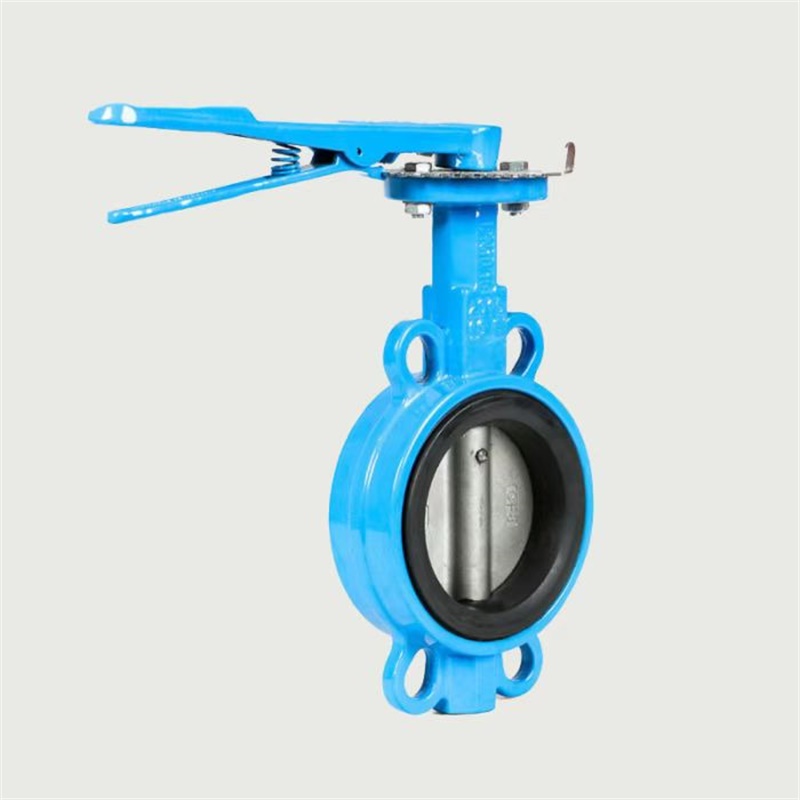
The cause of the butterfly valve not closing tightly:
1. Rubber sealing ring aging and wear
2. The sealing surface pressure ring is loose or damaged
3. The medium flow direction is wrong;
4. The valve stem and disc plate are loose, causing the valve to not close tightly
5. The transmission device and valve stem are damaged, so that the sealing surface is not closed tightly.
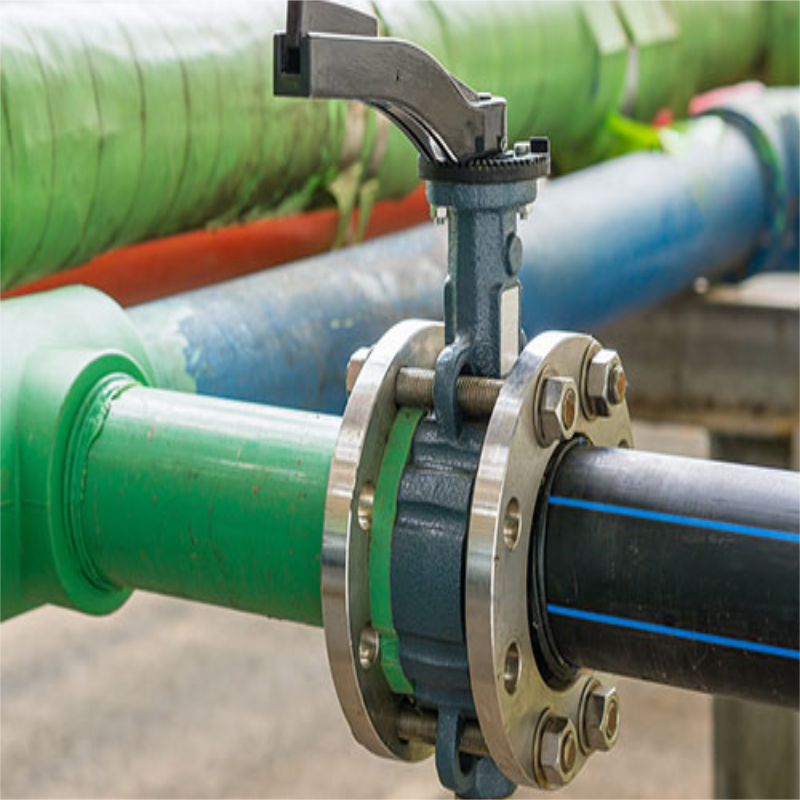
Prevention and elimination methods of butterfly valve not closing tightly:
1. Replace the rubber sealing surface regularly;
2. If the pressure ring is loose, it should be tightened again. If it is damaged or corroded, it should be replaced.
3. The butterfly valve should be installed according to the medium flow direction arrow:
4. Disassemble the butterfly valve and repair the connection between the valve stem and the disc plate;
5. Repairs should be made and those with serious damage should be replaced.
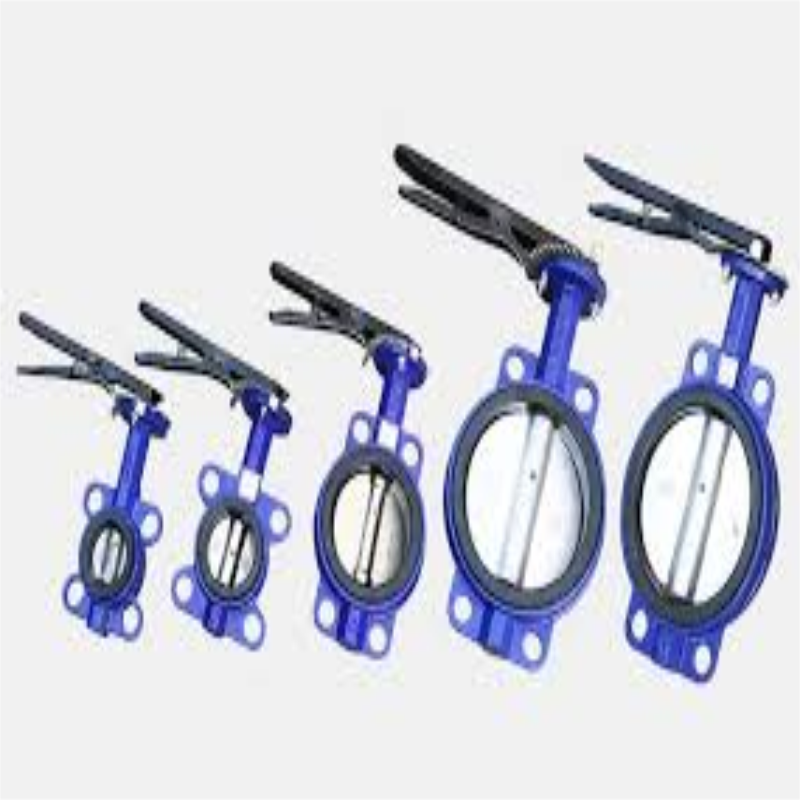
There are many factors that cause butterfly valves to not close tightly. According to the experience of Bande, the most common cause is damage to the butterfly valve sealing seat. There are objective reasons and subjective factors. For example, the rubber of the butterfly valve sealing seat has been used for a long time, the valve seat has aged and lost its elasticity; or there are impurities in the pipeline that are stuck on the butterfly valve sealing surface. In this case, you only need to regularly replace the valve seat sealing surface and clean the impurities in the pipeline regularly.
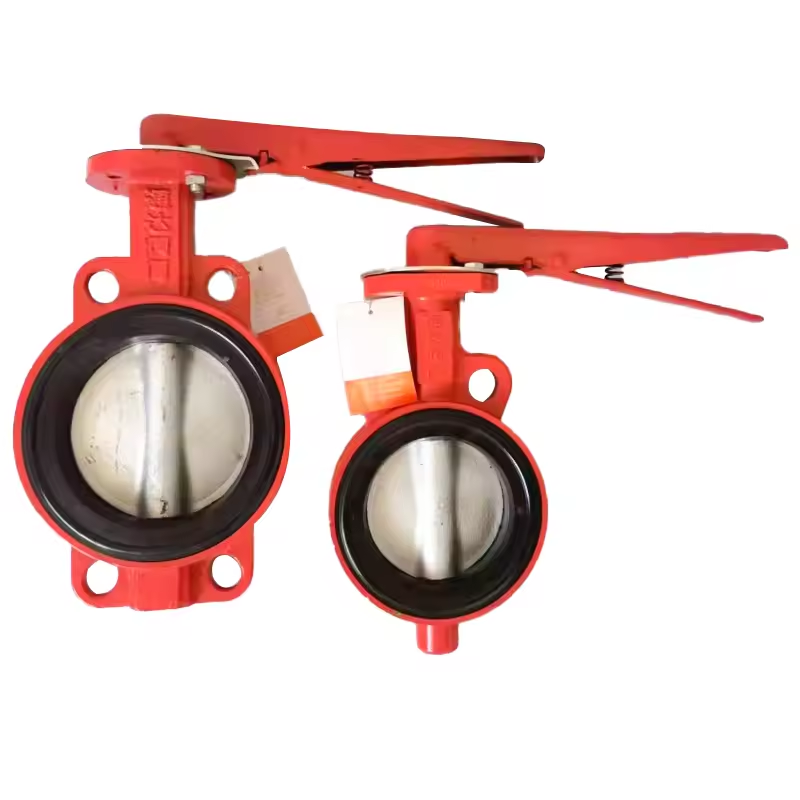
From a subjective perspective, if the pressure difference before and after the butterfly valve is large, it will also cause the butterfly valve to not close tightly. The pressure difference will produce a certain resistance, causing the valve plate to not open or close properly, and will also impact the rubber valve seat, reducing its life. In this case, a certain pressure regulating device needs to be installed after the valve, and it should be adjusted in time to try to reduce the pressure difference so that the switch will not open or close properly.
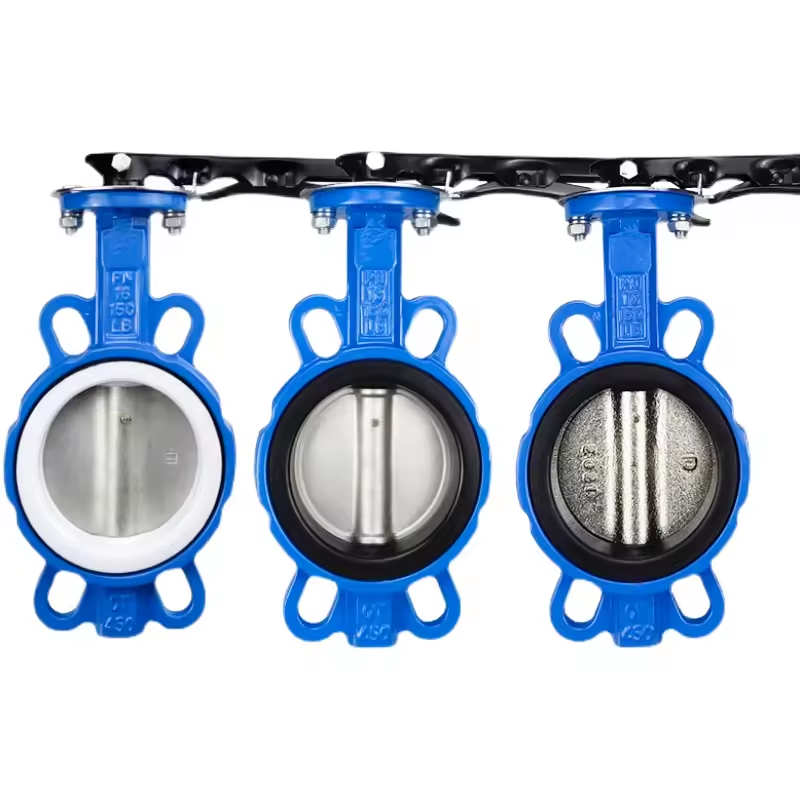
If the above solutions are ineffective, you need to contact professional maintenance personnel or manufacturers for inspection and maintenance.
